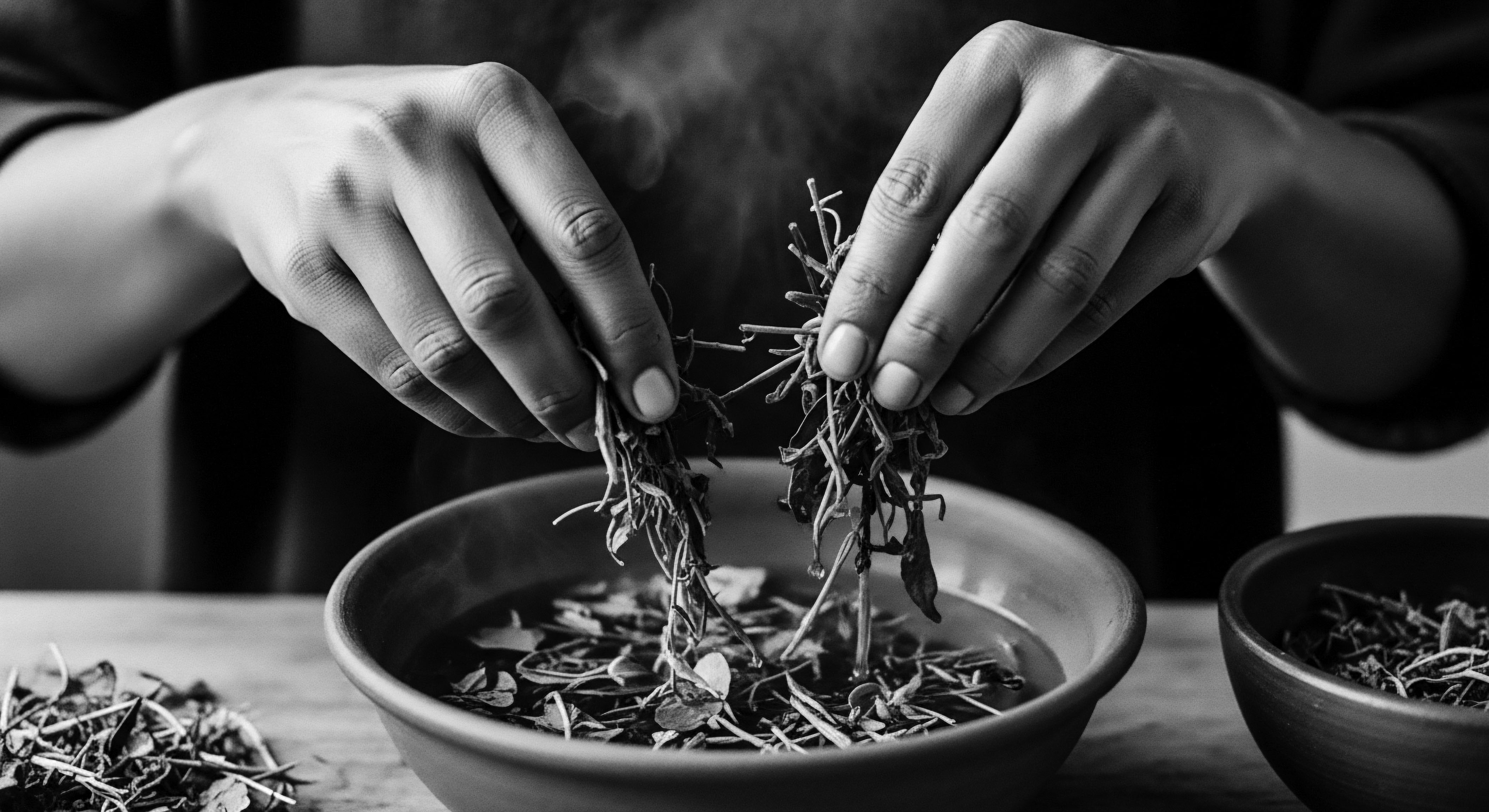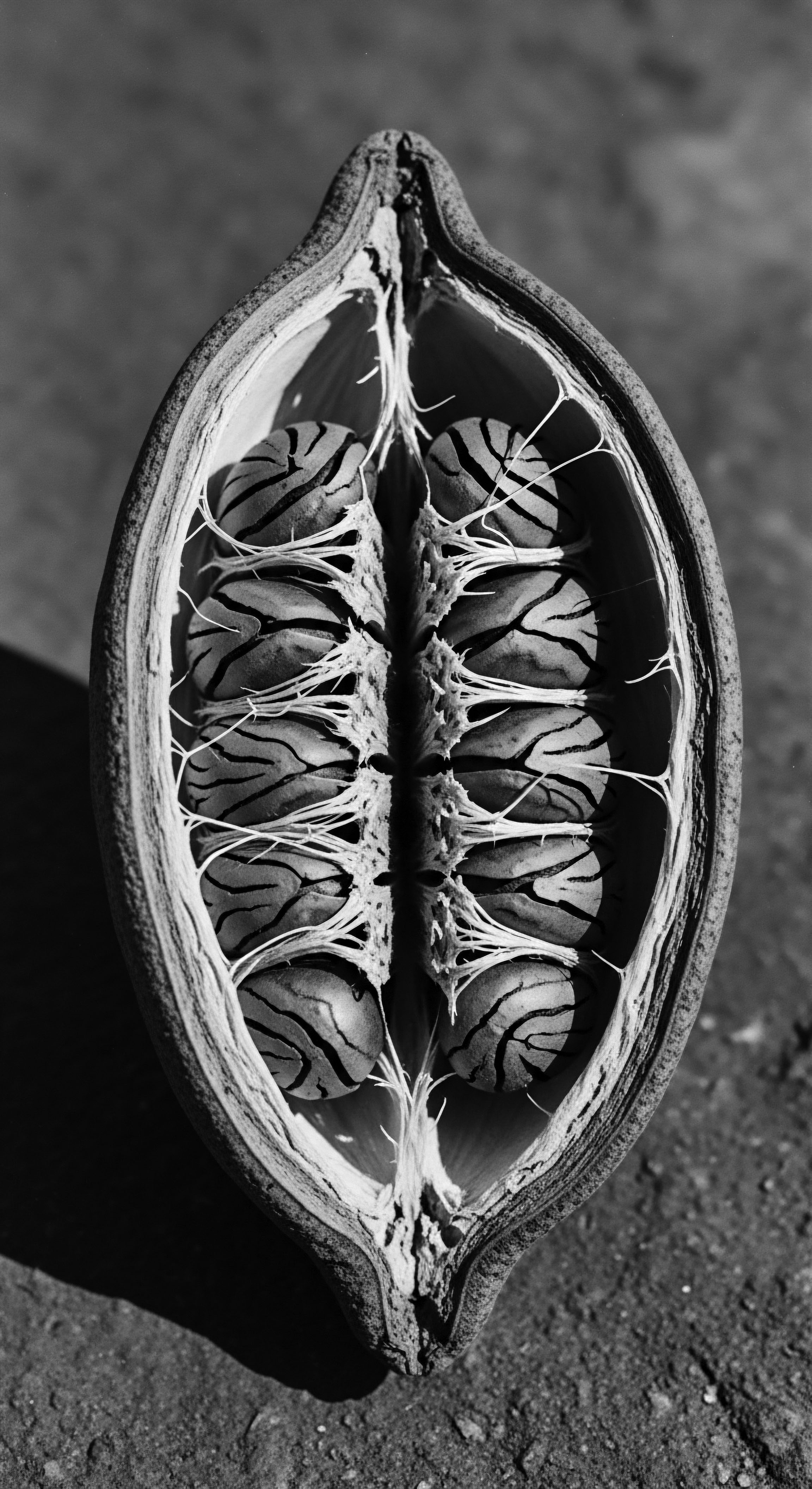
What ancestral customs influence modern textured hair care?
Ancestral customs guide modern textured hair care through deep heritage in protective styling, natural ingredients, and holistic wellness.

How do historical hair practices aid modern textured hair care?
Historical hair practices provide foundational wisdom and effective techniques that directly inform and improve modern textured hair care routines.

How does heritage shape our approach to textured hair care?
Heritage guides textured hair care by connecting ancestral wisdom, traditional practices, and cultural identity to modern routines.

What is the ancestral basis of protective textured hair styling?
Protective textured hair styling draws deeply from ancestral practices across Africa and its diaspora, valuing hair health and identity.
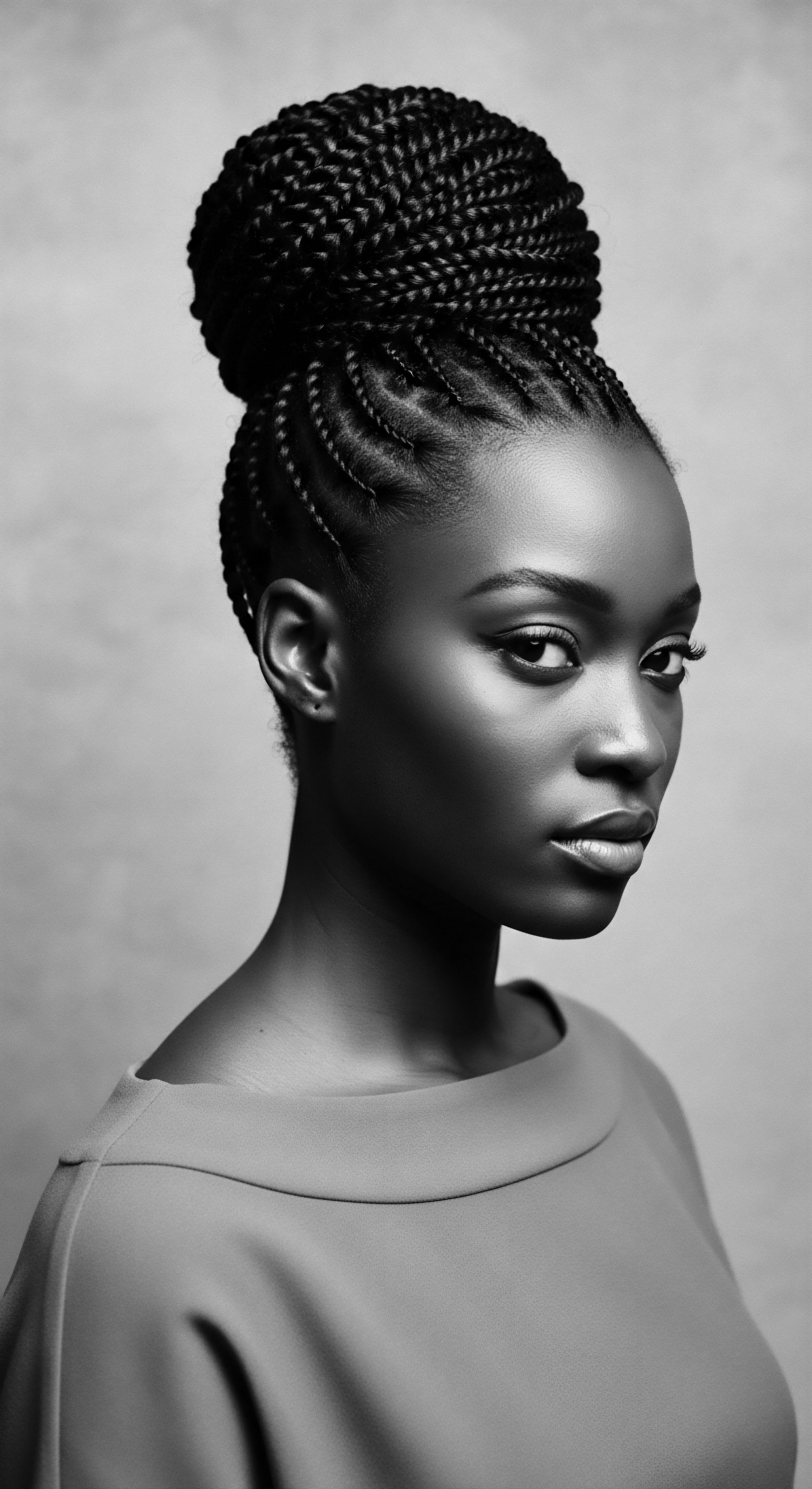
What ancestral plant uses nourished textured hair?
Ancestral plant uses nourished textured hair through natural cleansers, rich oils, and herbal infusions, honoring its unique heritage and biology.
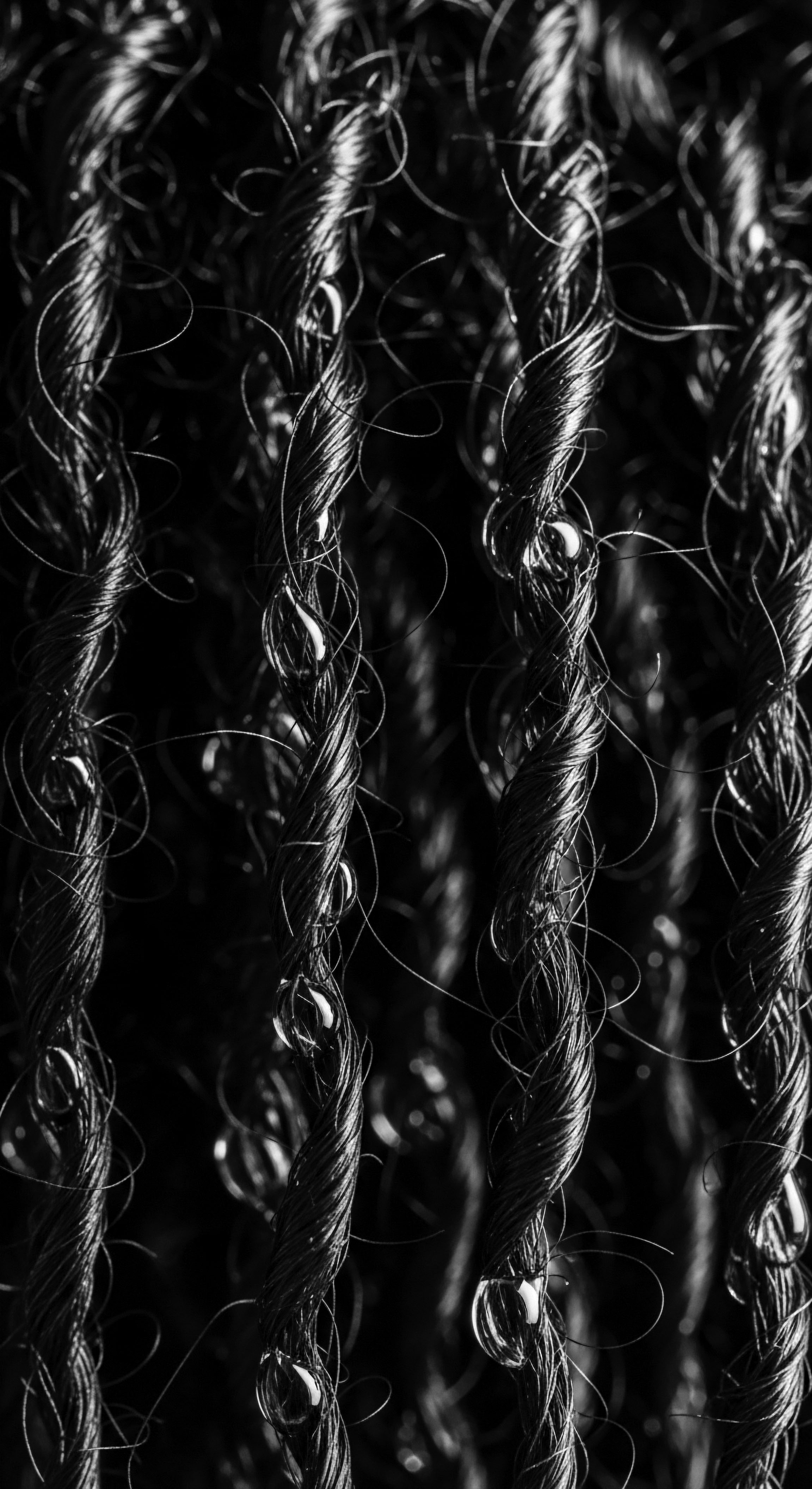
How do historical hair practices validate modern textured hair care?
Historical hair practices provide empirical and cultural validation for modern textured hair care, deeply rooted in heritage and ancestral wisdom.
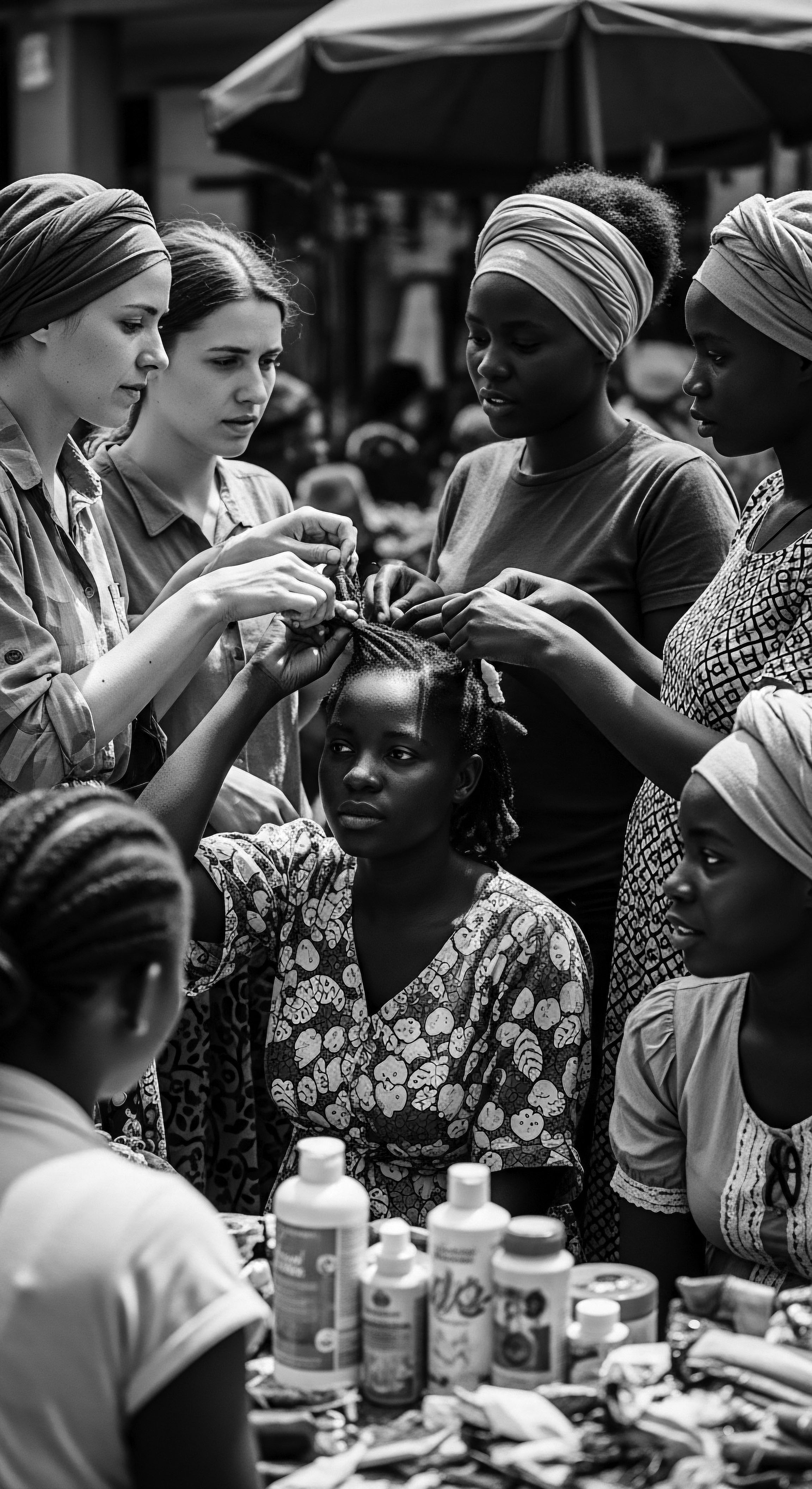
How does ancient knowledge inform modern textured hair products?
Ancient knowledge directly shapes modern textured hair products through inherited ingredients, protective styling, and holistic care rooted in ancestral heritage.
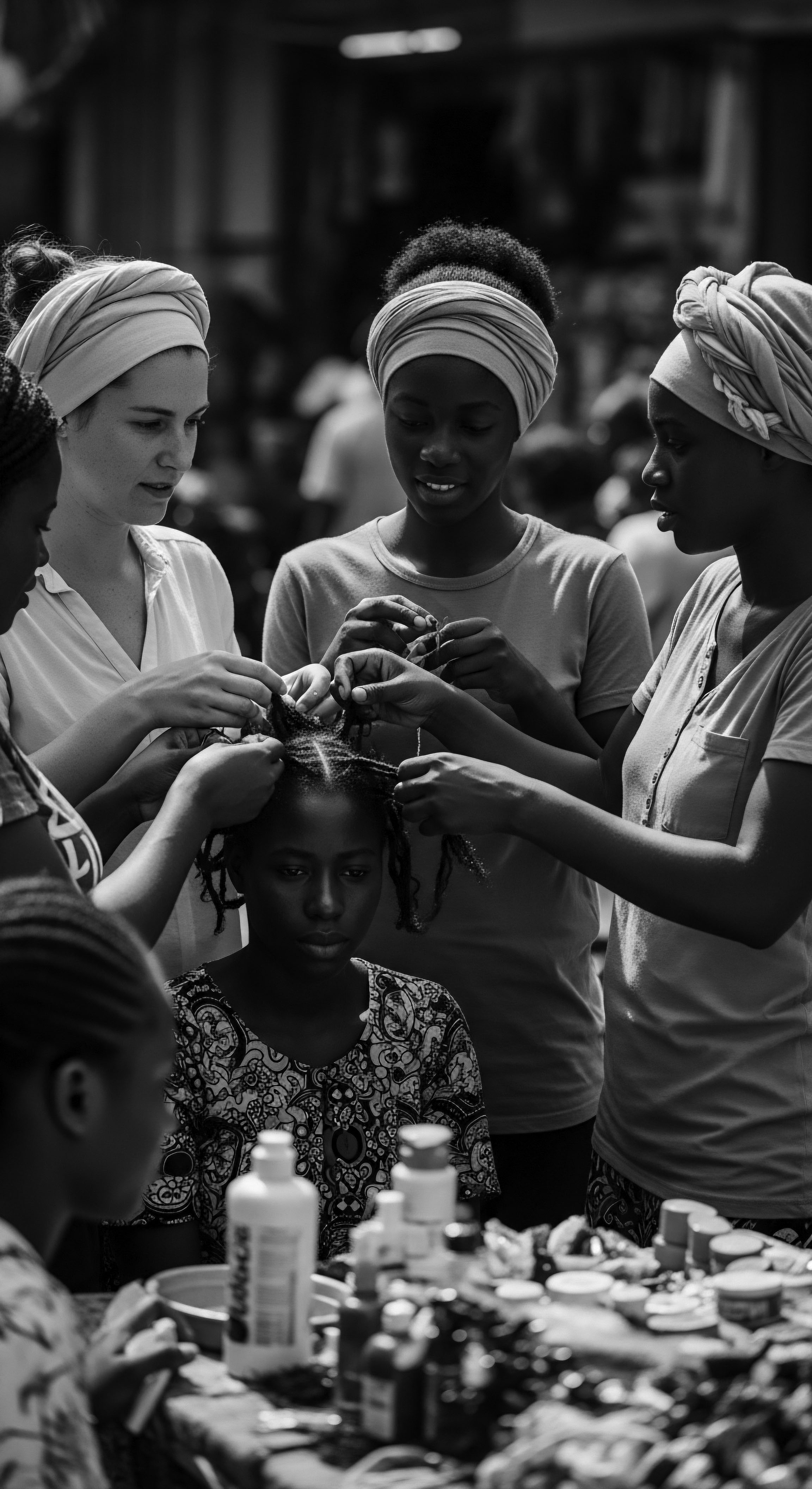
What ancient plant remedies strengthened textured hair heritage?
Ancient plant remedies, born from generational wisdom, profoundly fortified textured hair heritage by providing deep moisture, protection, and vital nutrients.

Why do traditions matter for textured hair care?
Traditions matter for textured hair care because they preserve ancestral wisdom, cultural identity, and historical resilience.
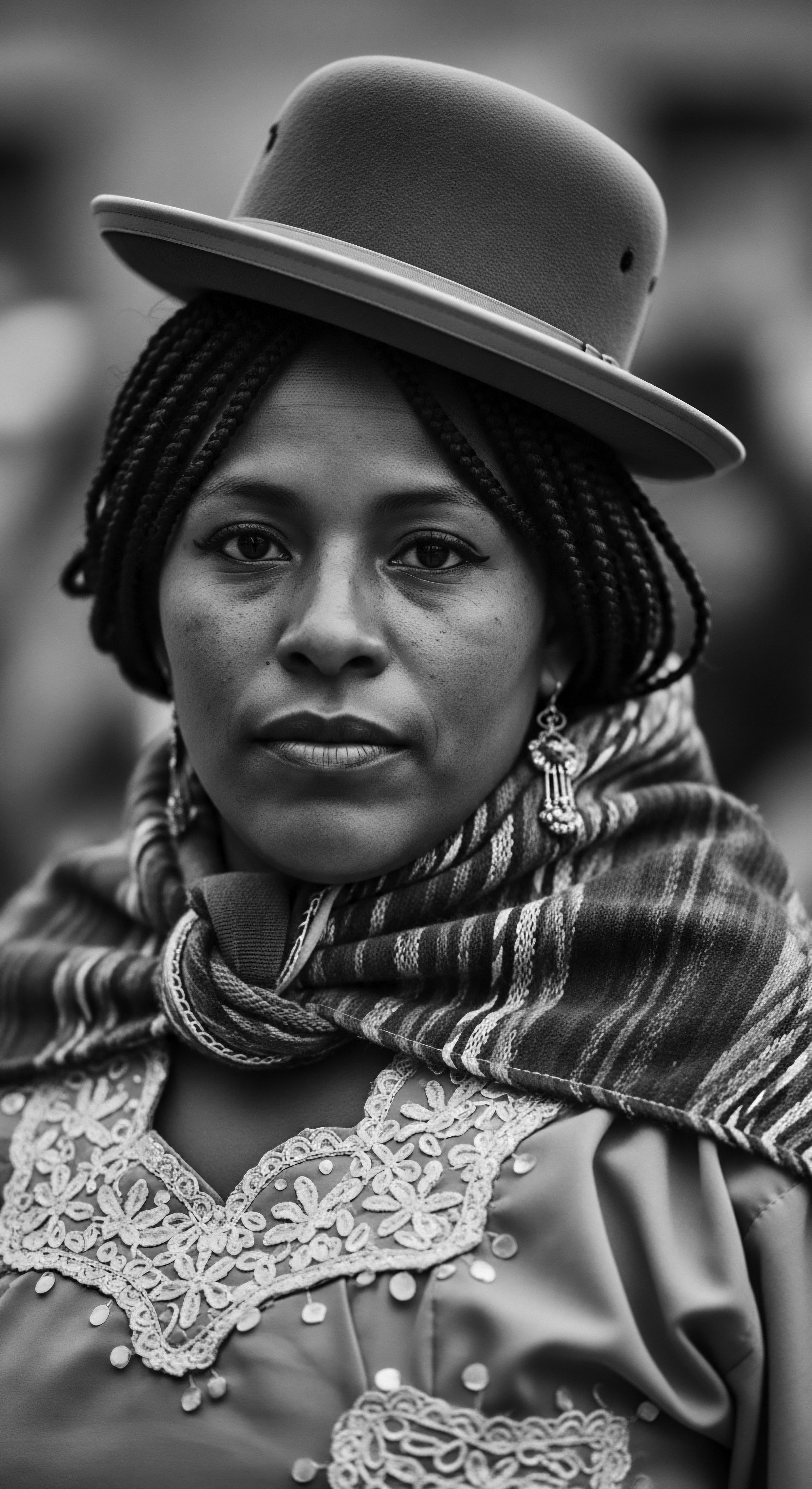
In what ways do ancient hair care methods influence modern textured hair practices and identity?
Ancient hair practices deeply shape modern textured hair care and identity by transmitting ancestral wisdom and cultural resilience.
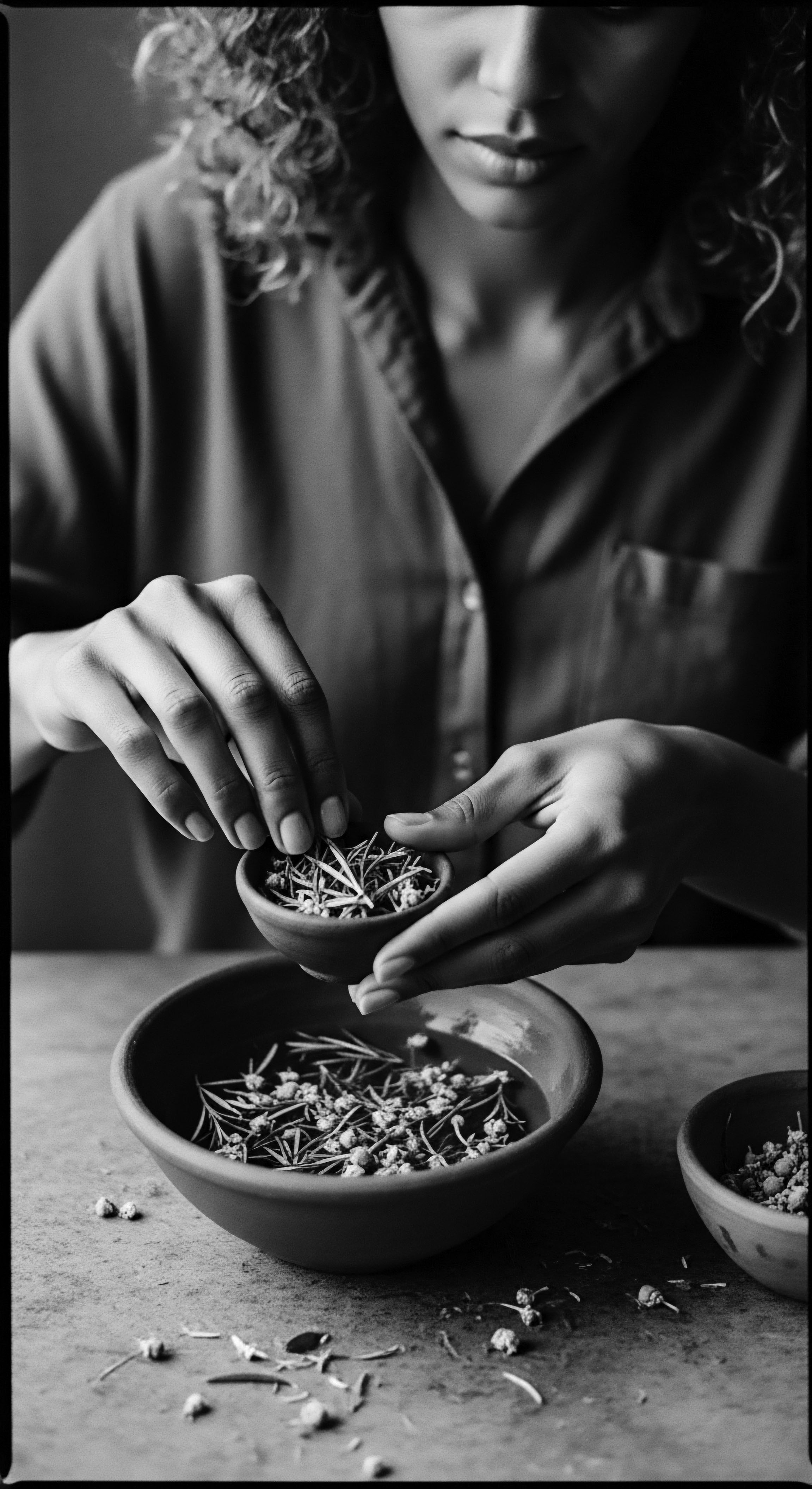
What historical oils nourished dry textured strands?
Historical oils like shea, castor, and coconut nurtured dry textured strands, reflecting ancestral wisdom and cultural heritage.

Can scientific understanding validate traditional textured hair rituals?
Yes, contemporary science affirms traditional textured hair rituals by explaining how age-old practices align with hair biology and protective needs.

What ancient oils nourished African textured hair?
Ancient African cultures relied on plant-derived oils like shea butter and moringa to nourish and protect textured hair, deeply rooted in heritage.
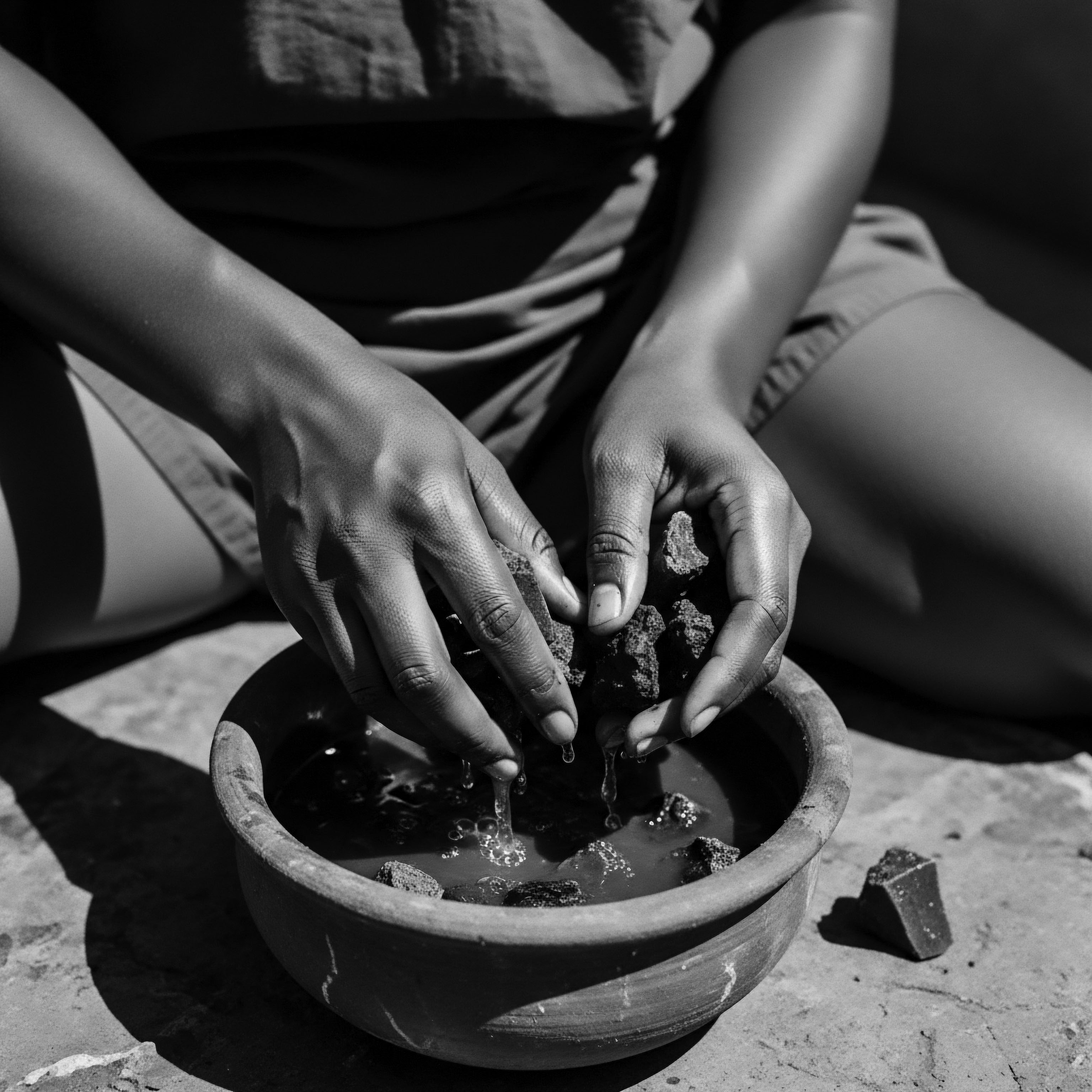
How does botanical wisdom influence modern textured hair practices?
Botanical wisdom, rooted in ancestral practices, deeply influences modern textured hair care by providing time-tested plant-based solutions for health and protection.
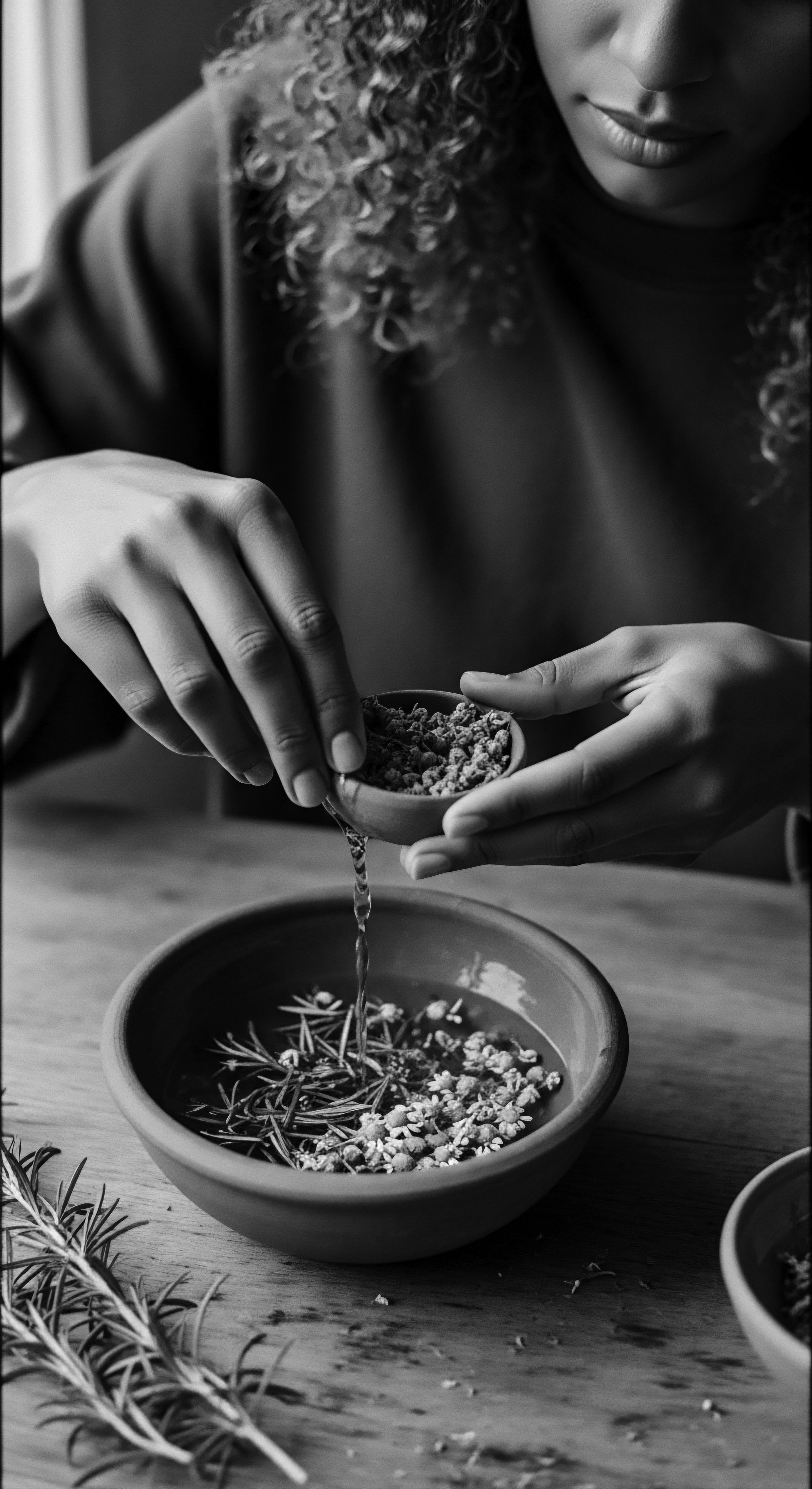
What historical ingredients supported textured hair moisture retention?
Ancestral practices for textured hair moisture retention relied on plant oils and butters like shea and olive to preserve hydration.
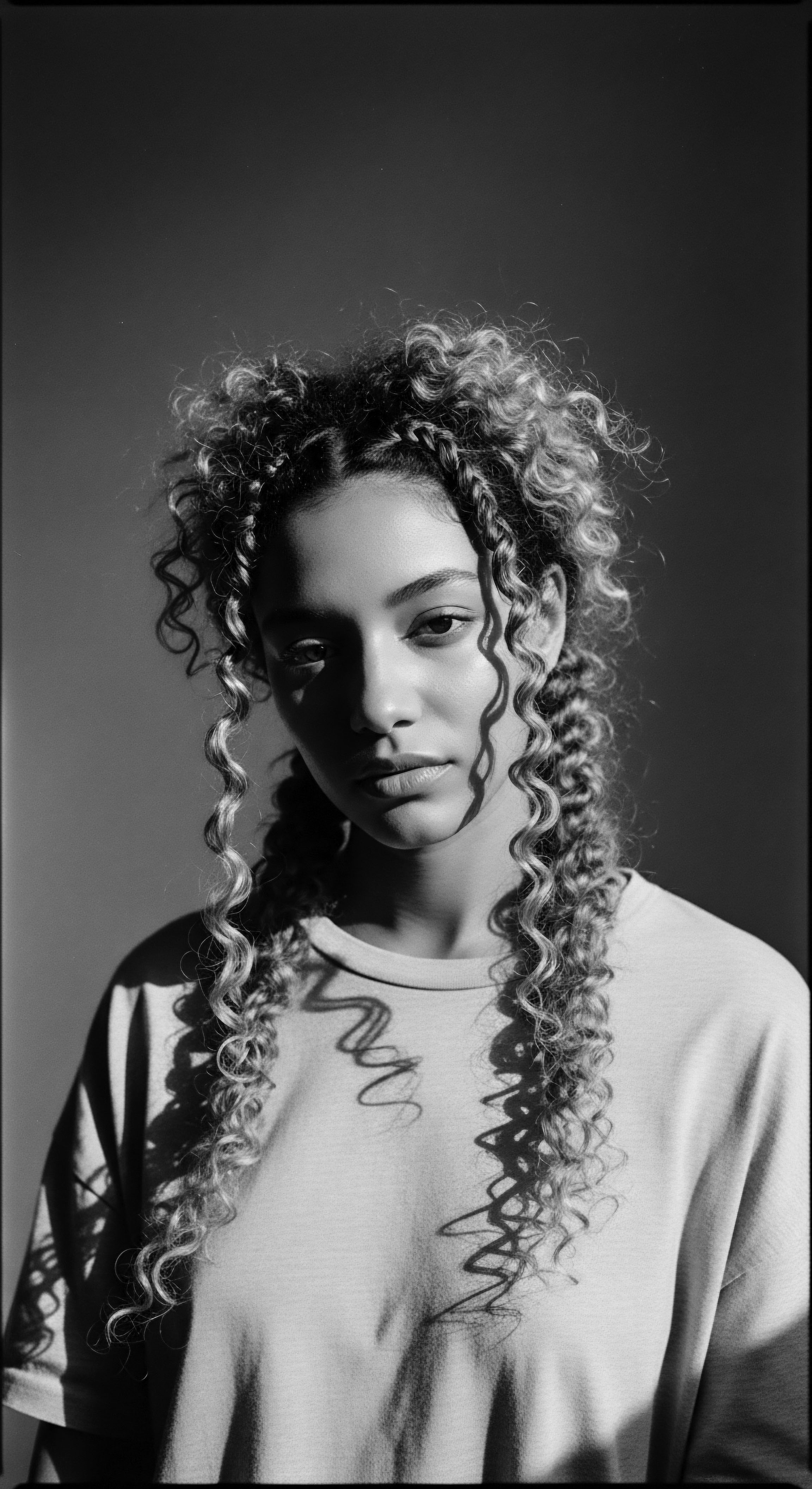
Do ancient cleansers suit modern textured coils?
Ancient cleansers, born from ancestral wisdom and natural elements, remarkably suit modern textured coils, offering gentle efficacy and deep heritage connection.
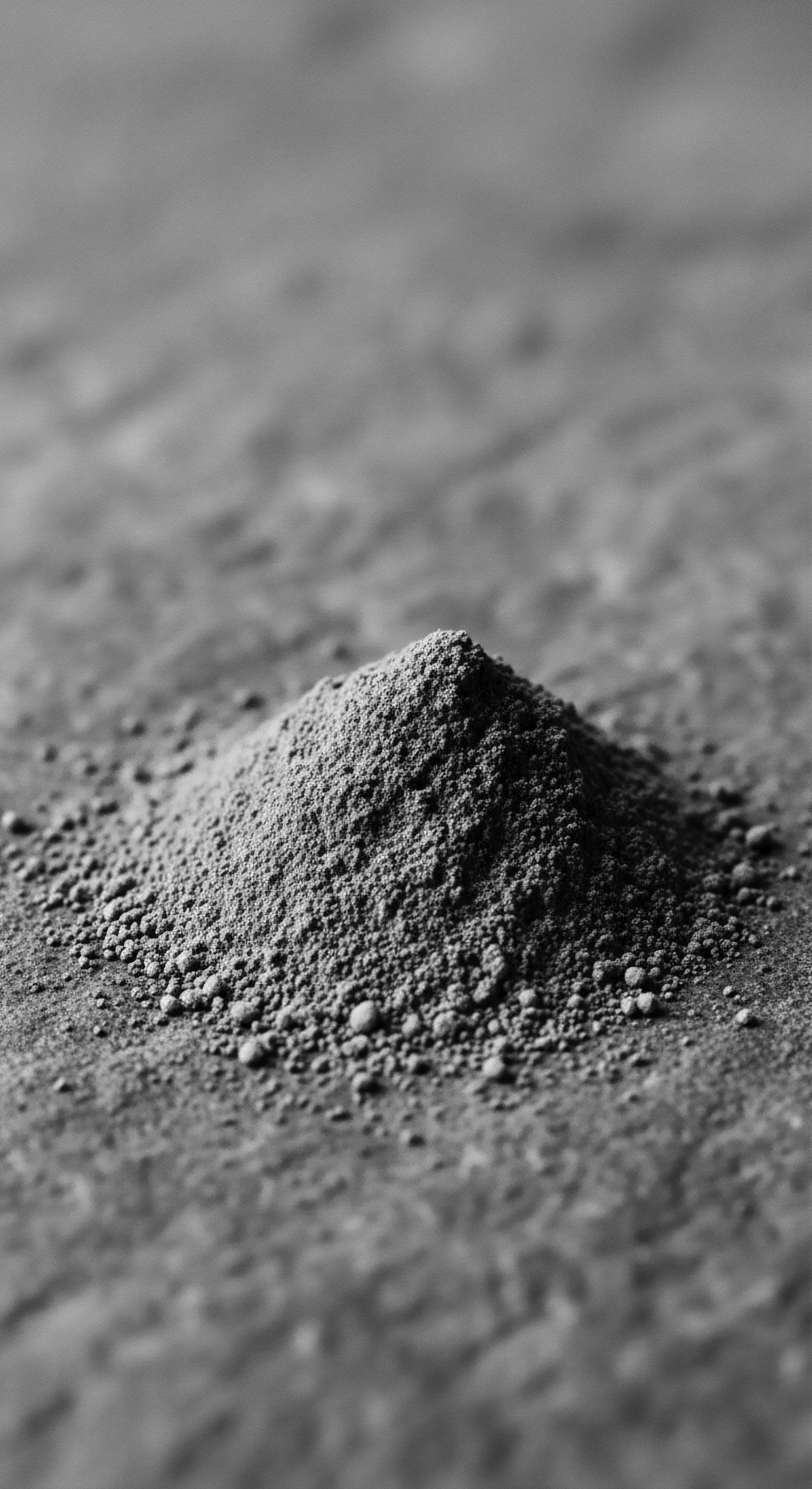
What is the ancestral connection to modern textured hair care?
The ancestral connection to modern textured hair care lies in inherited wisdom regarding structure, protective styling, and natural ingredient use.
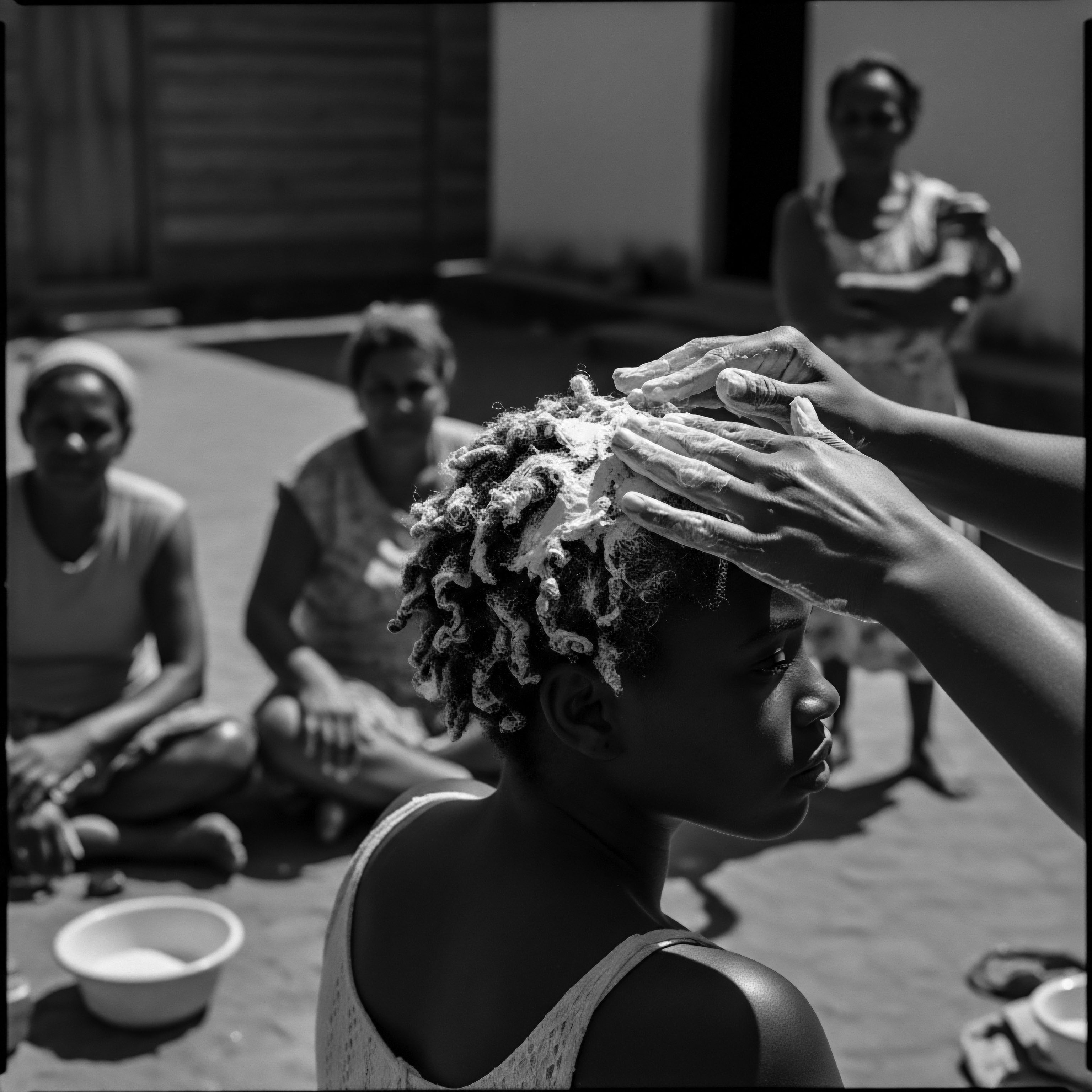
What enduring legacy do these botanical adaptations hold for textured hair heritage?
Botanical adaptations offer a profound heritage for textured hair, rooted in ancestral wisdom and natural resilience.

Why did ancestral practices prioritize hydrating textured hair?
Ancestral practices prioritized hydrating textured hair to maintain its inherent strength and cultural symbolism, understanding its unique thirst.
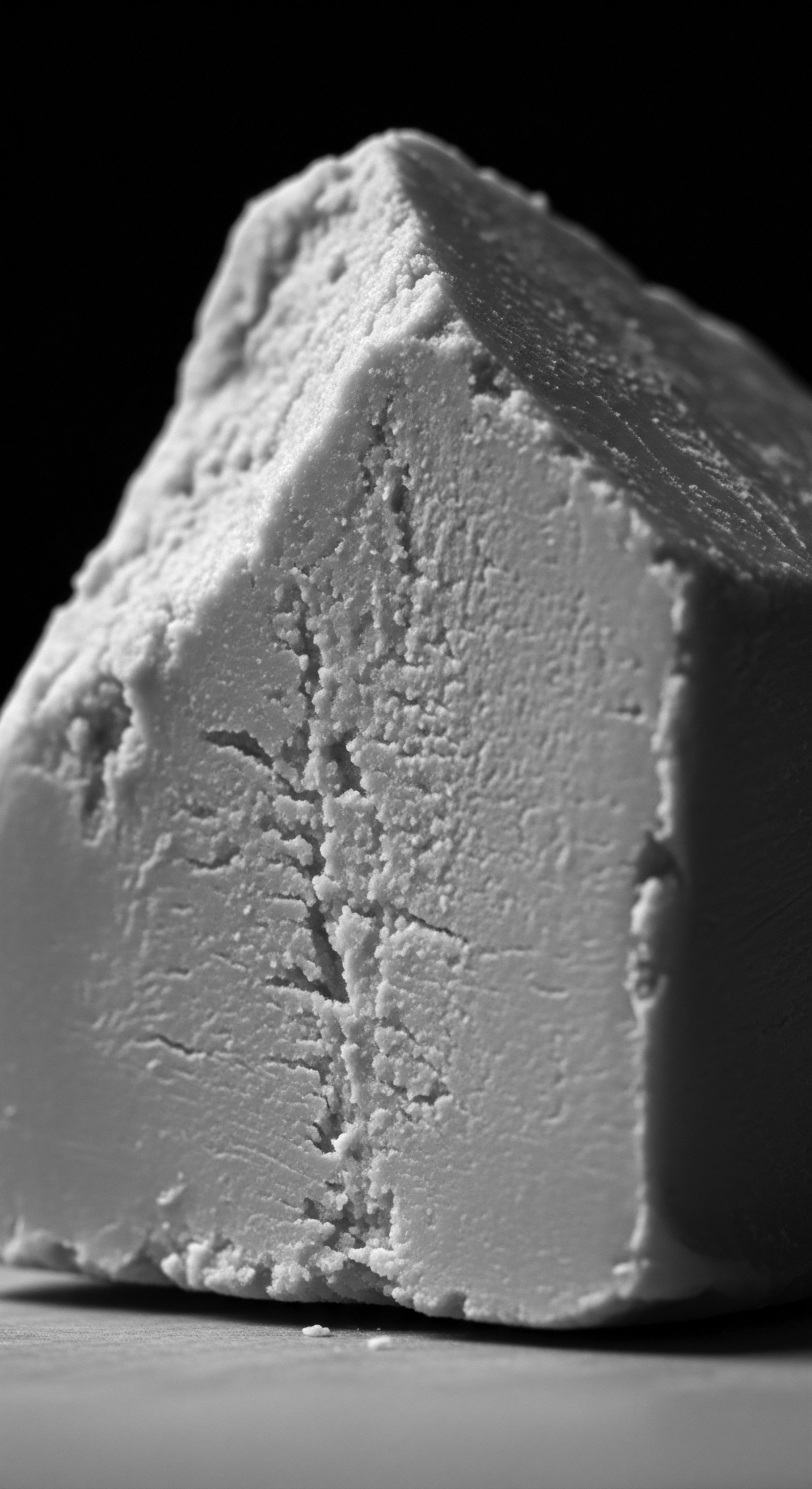
What specific plant-based ingredients did ancestors use for textured hair health?
Ancestors used plant-based ingredients like shea butter, chebe powder, and various botanical oils for their textured hair's moisture, strength, and overall health, deeply rooting care in heritage.

